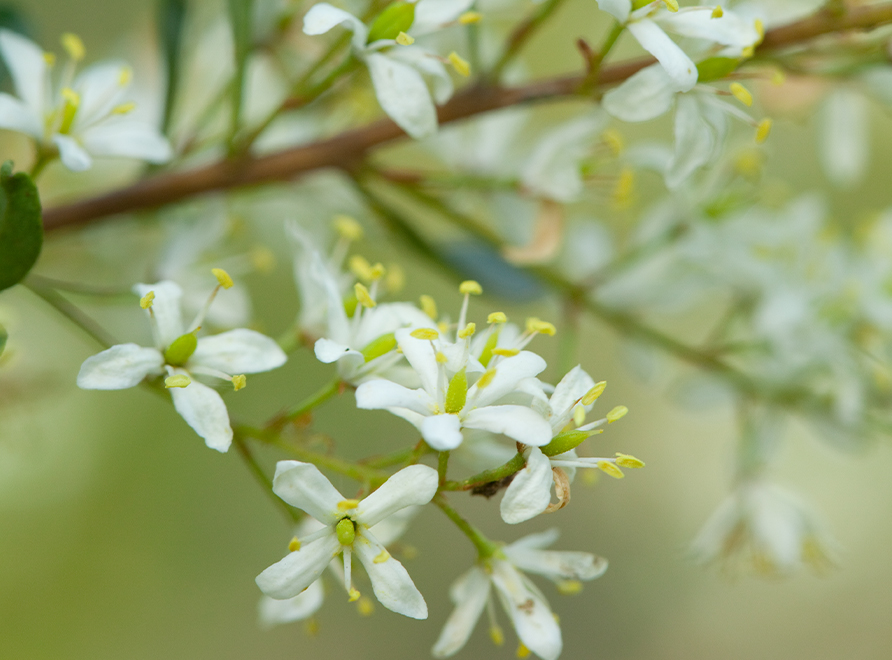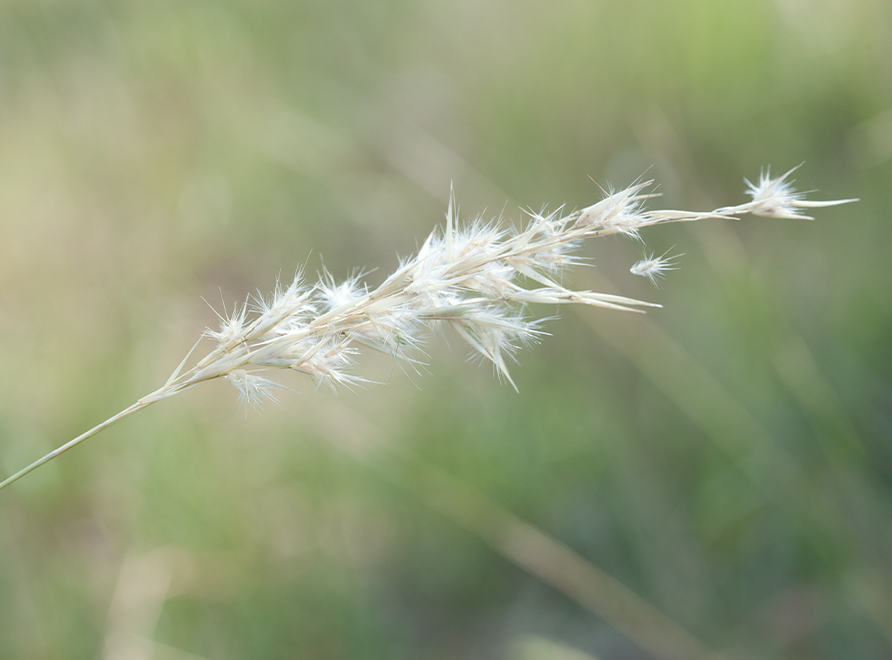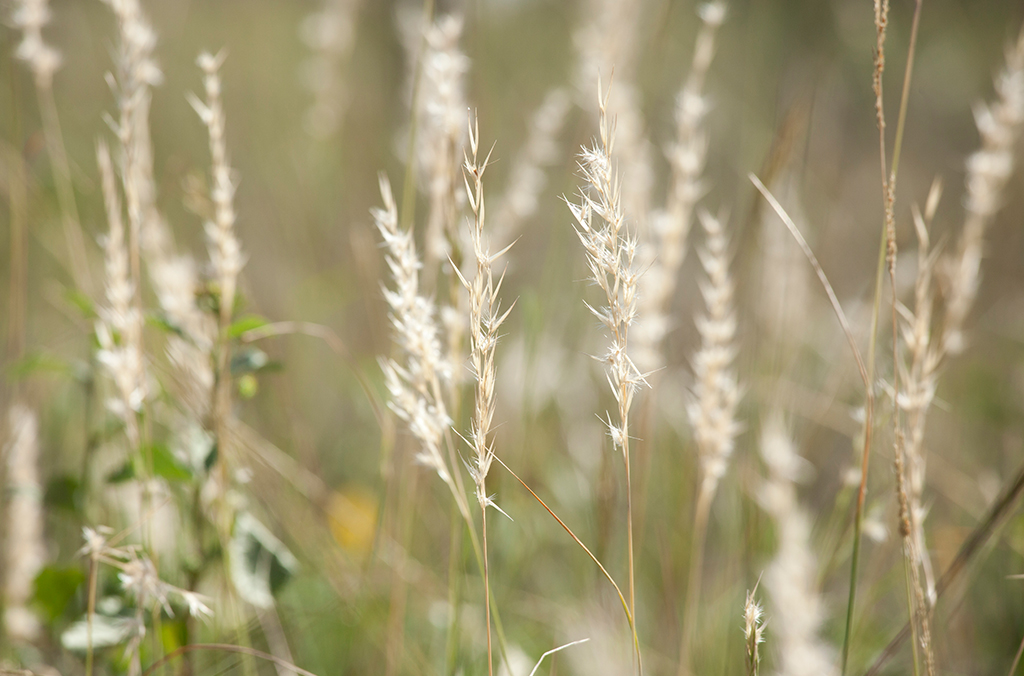Identifying the individual species and knowing the names of woodland plant species is only the beginning. Ecology is about discovering many interesting natural history facts. To understand how the woodland functions we need to look at the life histories of individual woodland species and how they interact with each other.
How do woodlands function?
What are the life cycles of the plants and how long do they live. When do new plants germinate? What conditions favour some species but hinder others?
In a sense we want to try to take the woodland system apart, look at the individual components and the species ecology, and then put them back together to try to understand how they interrelate with each other through their community ecology.

Lifecycle stages

Processes affecting the life cycle
Impacting events
Fire, drought, plagues, disease and more are impacting events that may affect a plant during its life.
Learn more
